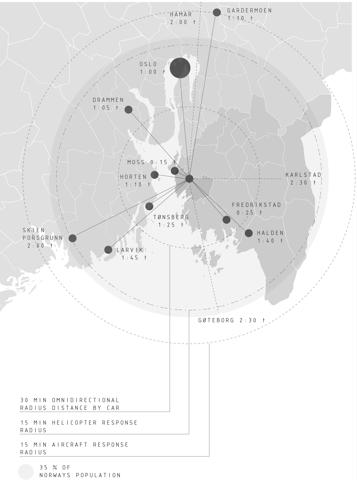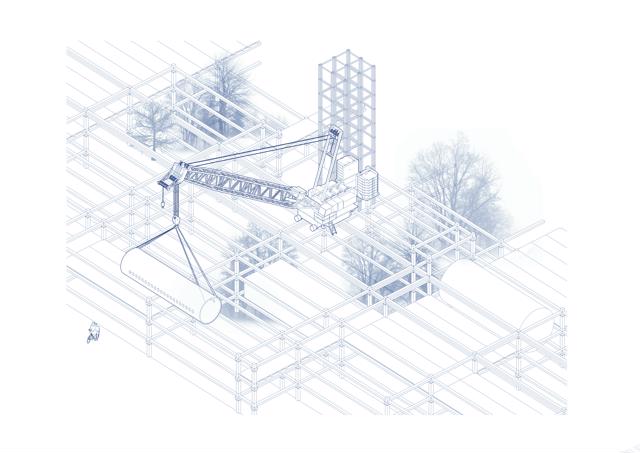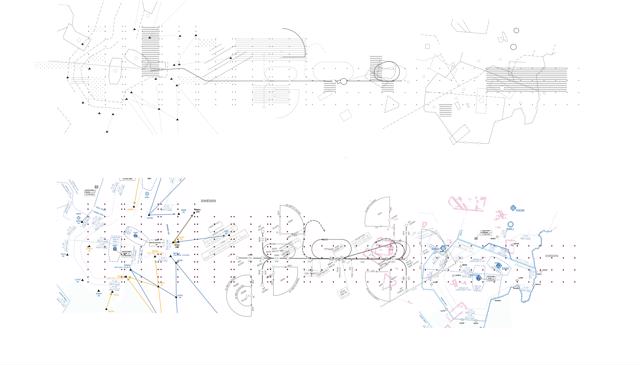Diploma 2017: "VELO:CITY - Re-directing Rygge Airport" by Thomas Nesheim
Tutors: Andre Fontes (APP), Hedvig Skjerdingstad (DAV), Harald Røstvik (sustainabiltiy), Sigurdur Gunnarson (TTA)
The velocity of an object is the rate of change of its position with respect to a frame of reference, it is a function of time. Velocity is equivalent to a specification of its speed and direction of motion and re-directing in aeronautical terms is changing an aircrafts position from the original and planned flight path to a new path.
Motion is an incremental change in time. Velo:city addresses changes in time and focuses on adaptability within architecture, to adapt to changes as needs, functions and time as well as to prepare for future changes, how to improvise, adapt and overcome.
Velo:city houses a preparedness centre for countering possible contamination scenarios that is damaging to society as well as ecosystems. This may be oil pollution or forest fires which can have local or global effects on ecosystems. Furthermore, Velo:city is about redirecting the movement of a complex structure that is currently not in use, to an open public space with multiple options of function.

Exhibition space VELO:CITY

Local radius and response time.

Illustration of the crane system that increases the adaptivity of VELO:CITY

A reference to the macro scale of the aerial architectural infrastructure around Rygge. Incorporated with a Bernard Tchumi approach to subtract large scale references to a project.
